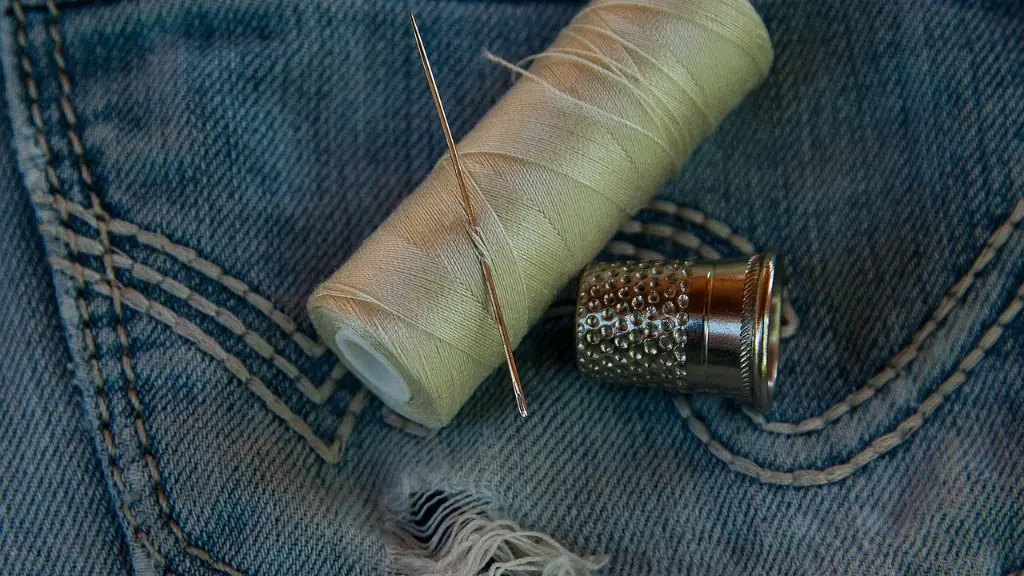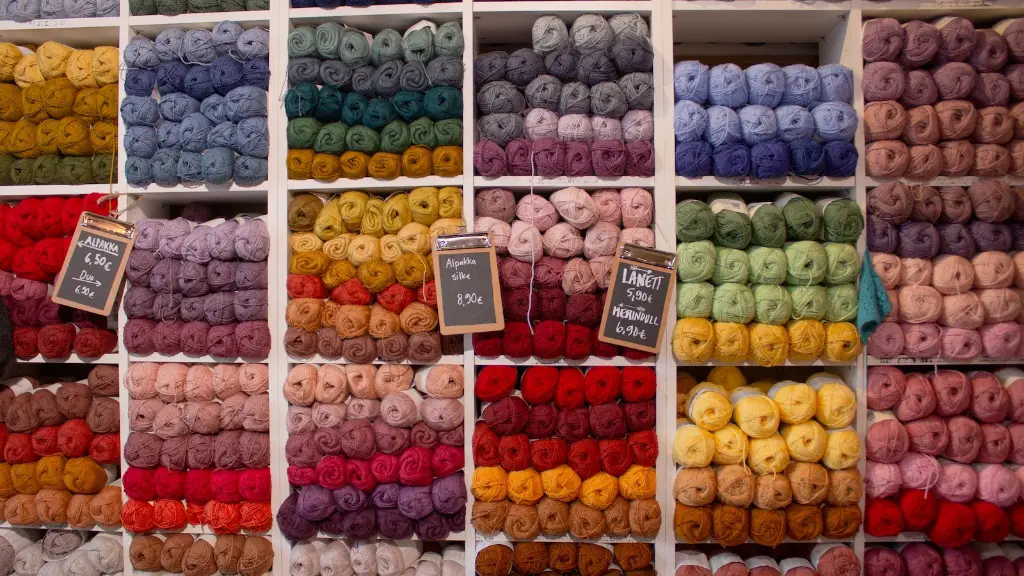Learning to sew with a sewing machine can be a daunting task, but it is worth it in the long run. From fixing torn clothes and creating your own garments to decorating your home, a sewing machine can be a great asset. With a few basic tips, you can start sewing with a sewing machine in no time.
Find an Ideal Space
If you are serious about learning to sew with a sewing machine, it is important to create a dedicated space to work in. It can be anything from a corner in your room to a spare room in your house but it is best to let your sewing machine be its permanent resident. This will make it easier for you to keep all your supplies and equipment in one place and will reduce the time you spend setting up every time you want to work. Make sure you have plenty of natural light and that the area is free from any kind of drafts as these could affect the end result.
Read the Manual
This tip is often overlooked by sewers, but it is one of the most important ones. Getting to know the type of machine you are using is the key to successful sewing, so make sure you take the time to read the manual thoroughly. It is usually better to take your time and understand the workings of your machine from the manual rather than just take other people’s advice. This will save you a lot of time and effort in the long run and help you get the results you desire.
Gather the Right Supplies
No matter what type of project you are working on, having the right supplies is essential for smooth and efficient sewing. Make sure you have high-quality thread and fabric, needles, measuring tools and scissors in addition to the sewing machine itself. Investing in quality supplies will help you to achieve the desired results. You can also add other items such as decorative fabrics, notions, and buttons to make your projects more interesting.
Practice, Practice and More Practice
Like many other skills, sewing with a machine requires practice and trial and error. Don’t be frustrated if your first project or two doesn’t turn out how you imagined; instead, try different techniques and supplies. Before beginning a new project, practice making a few stitches on scrap fabric to get used to the machine and learn different techniques. This is a great way to fine-tune your skills and to become more comfortable using the machine.
Join Sewing Groups
This is another great way to improve your sewing skills. There are many sewing groups and forums where you can find helpful advice from experienced sewers. You can ask questions and get answers from experts and other members. These groups are a great source of motivation and can help you stay on track with your projects. Furthermore, you can meet other sewers who have the same interests and experiences as you, making it a great way to socialize.
Take Classes
This is especially useful if you are starting from scratch and want to learn the basics of sewing. Taking classes or workshops allows you to learn the basics in a structured way under the guidance of an expert. You can also find online classes, which are a great way to learn new skills and get feedback on projects quickly. There are also a number of free tutorials on the internet, which are a great resource when you are starting out.
Get Creative
Once you get the basics right, it’s time to get creative and explore different possibilities with your sewing machine. Take on more challenging projects, experiment with different fabrics and colors and have fun with it. Take it one step at a time and don’t be afraid to make mistakes; this is the only way to learn and improve your skills.
Choose the Right Machine
It is important to choose the right machine for your needs. If you’re just starting out, a basic machine is all you need but if you have more experience, you can look for a more complex machine with more features. For a beginner, it is better to invest in a reliable and easy-to-use model. It is also advisable to seek expert advice before investing in a new machine.
Upgrading Your Skills
Once you have the basics down and are comfortable with the machine, explore different techniques and skills. Invest in quality supplies and upgrade your machine when needed. You can also add decorative elements to your projects which will help you create unique pieces. In addition, try to follow the new trends in the sewing and fashion industry to stay up to date.
Sharing your projects with the world is a great way to get feedback and gain experience. You can show off your projects online or start selling them. This can be a great side hustle and can be a great way to supplement your income.
Advanced Stitches and Techniques
Once you are comfortable with the machine, you can explore advanced stitches and techniques. Learning these can help you to create more complex projects and get better results. You can try out different patterns, textures and colors to create unique items.
Sewing for the Whole Family
Sewing is a great skill to have and can be used to make clothes for yourself as well as for your family members. You can make a variety of clothing items, from children’s clothes to home decor items. This will not only save you money, but it can also be a great way to bond with your loved ones and create unique and personal items.
Tips From the Experts
Getting advice from experts is always a great way to improve your skills and become a better sewer. Look for advice from experienced sewers who are willing to share their experiences and tips. One great way to learn is to watch sewing tutorials and follow patterns. This is a great way to become familiar with the machine and learn new techniques.
Start Your Own Sewing Projects
Once you have become comfortable with sewing, you can start designing your own projects and garments. Take on simple projects first and as you gain more confidence, increase the complexity of the tasks. Read tutorials, watch videos and take classes to understand the intricate aspects of designing.
Organize Your Supplies
Organizing your materials is the key to efficient sewing. Have a proper system for your tools and fabrics and try to use the same type of thread and fabric for all your projects. Keep your supplies organized and make sure they are stored in clean and dry places. This will save you time and effort every time you start a new project.




